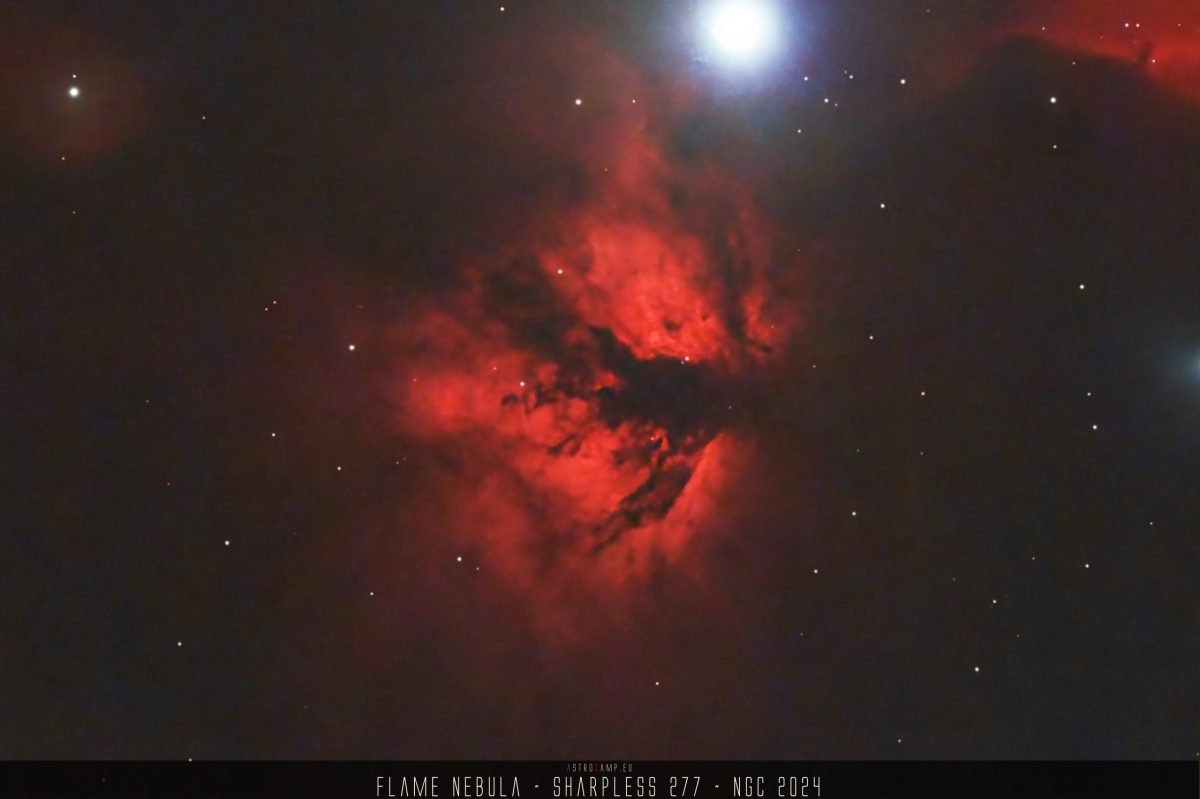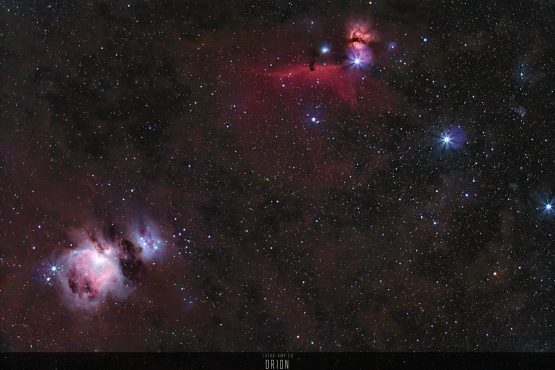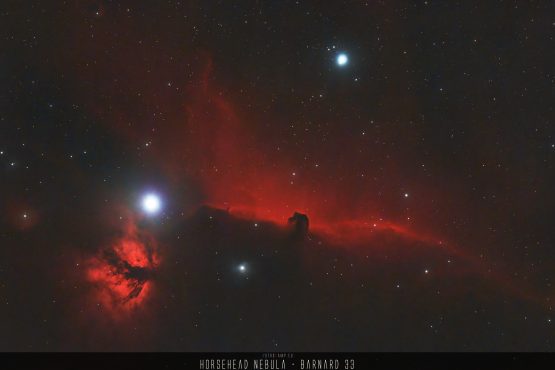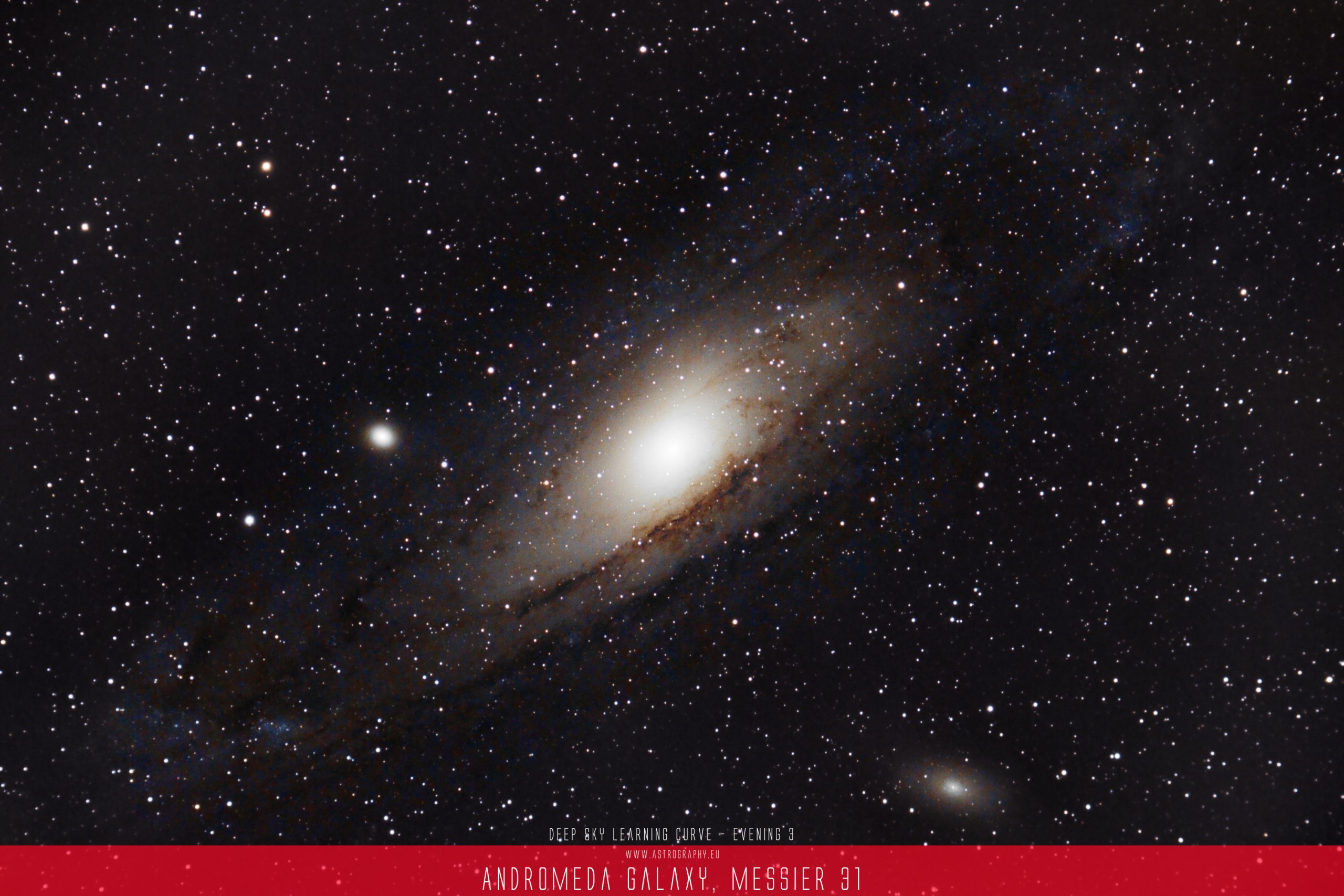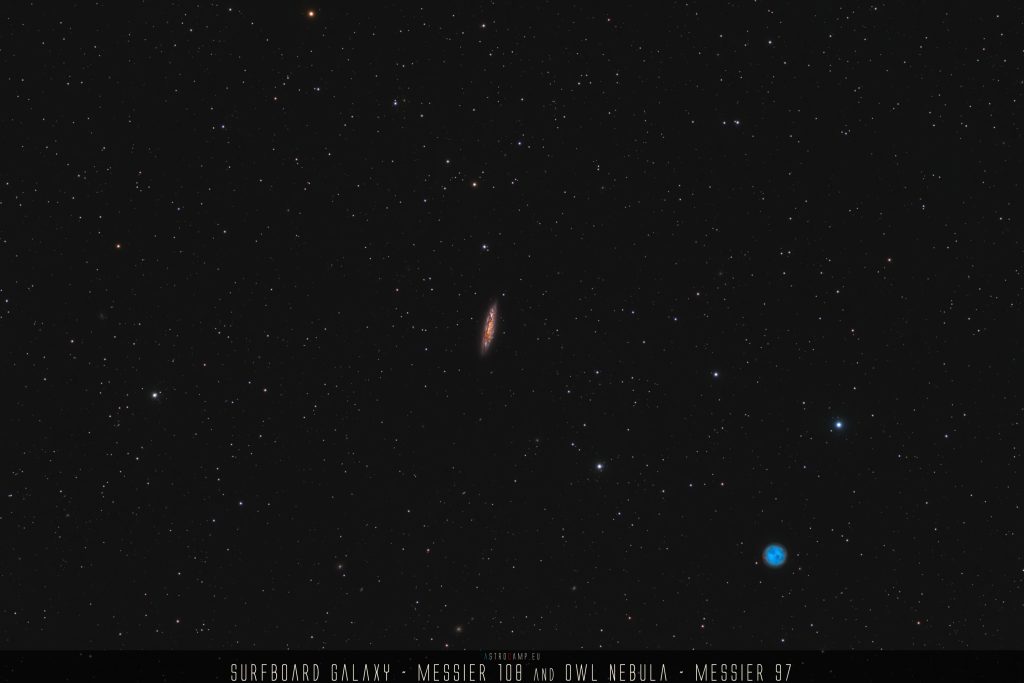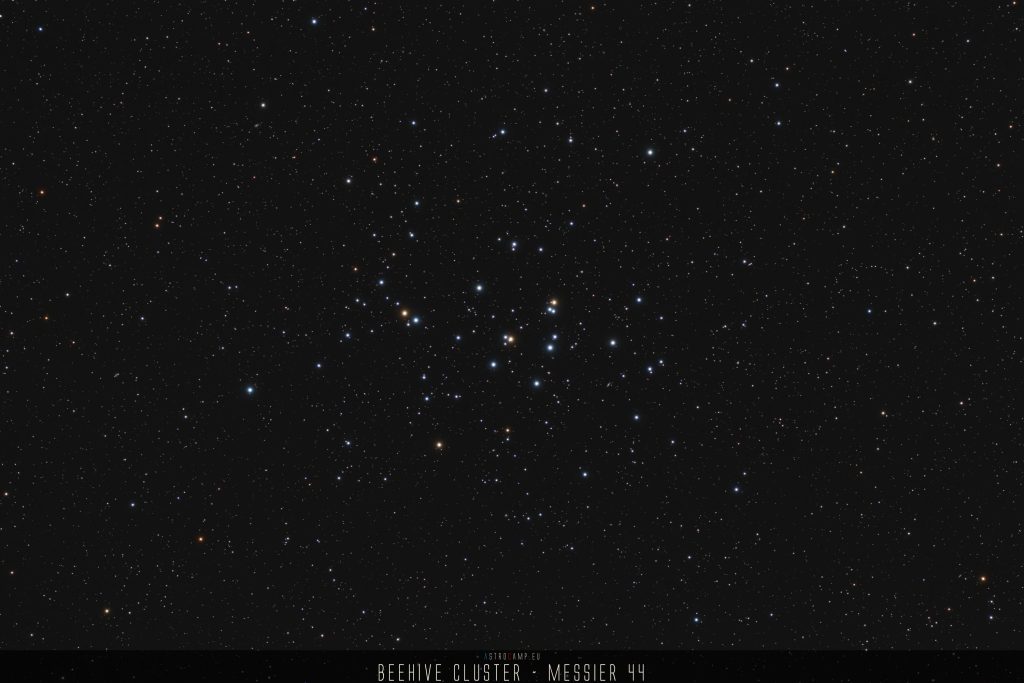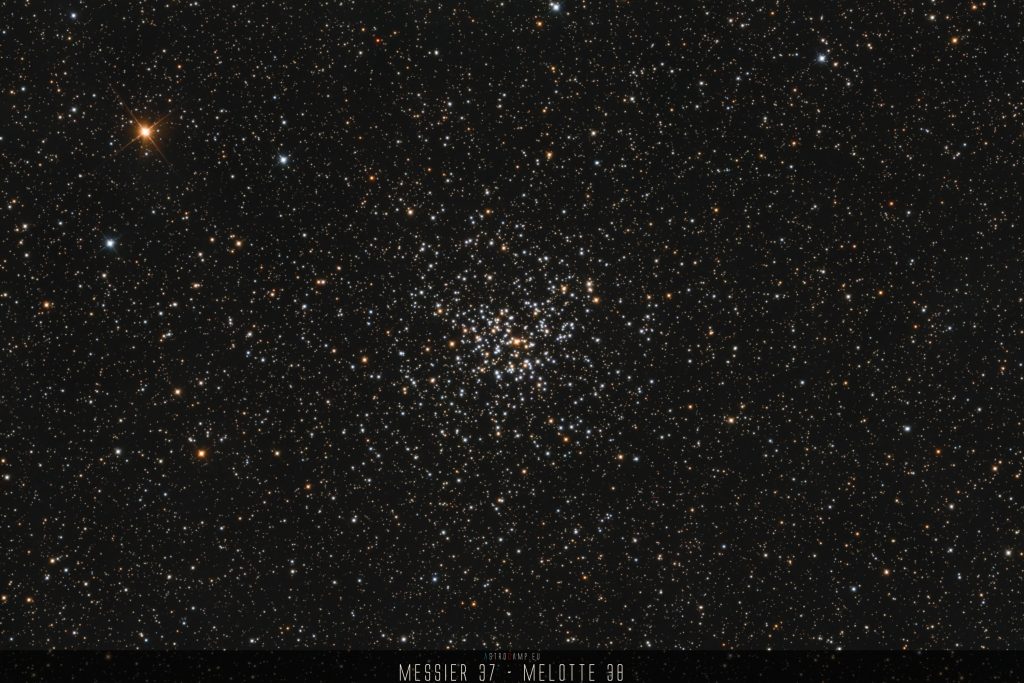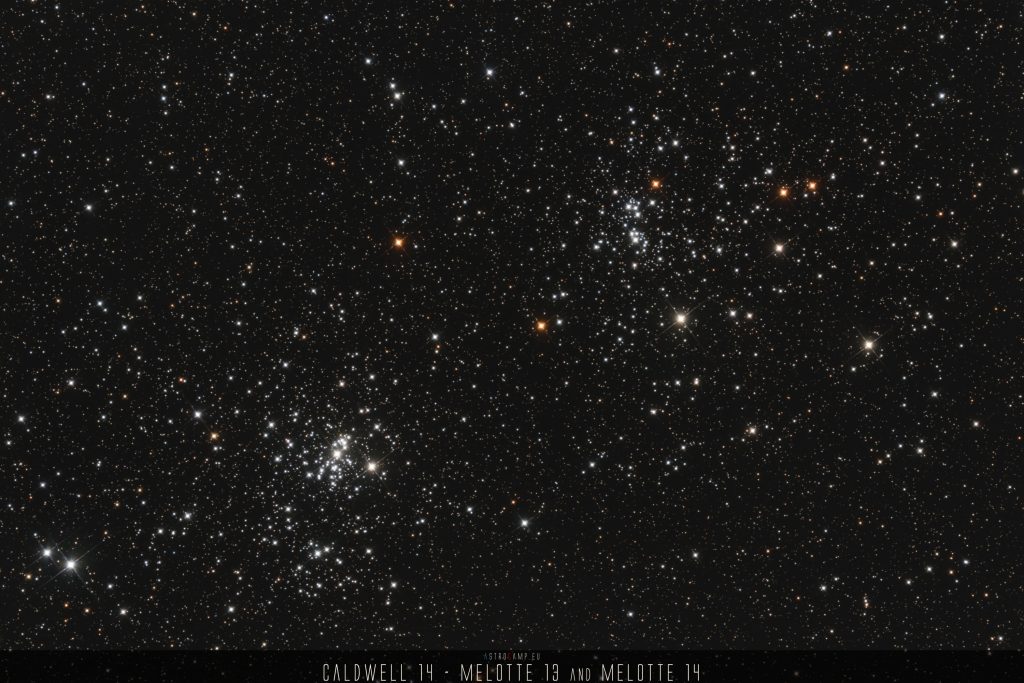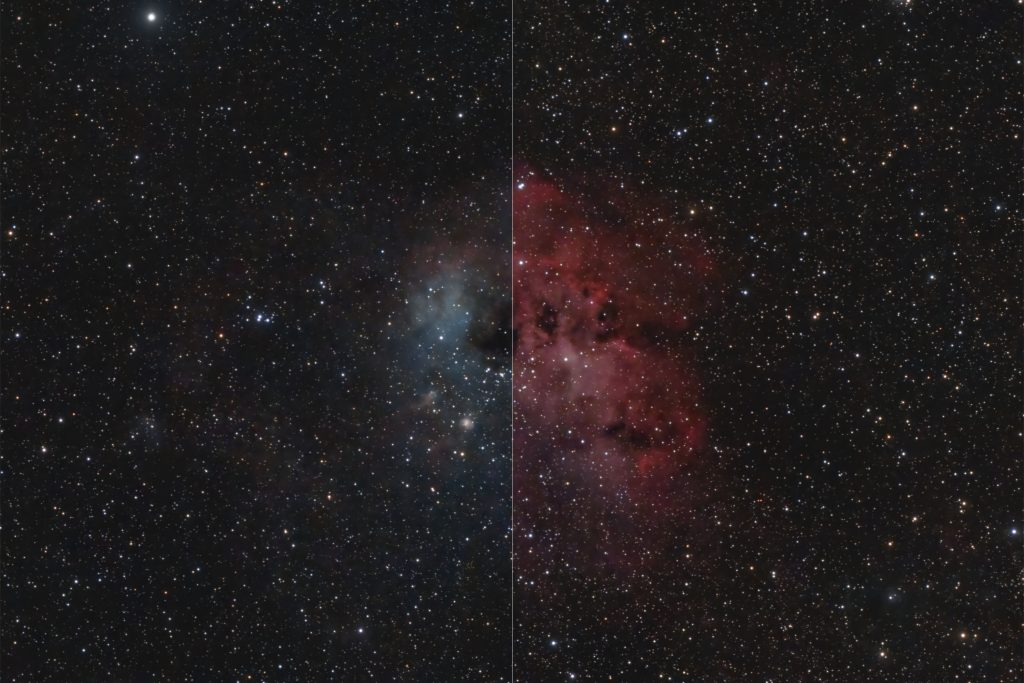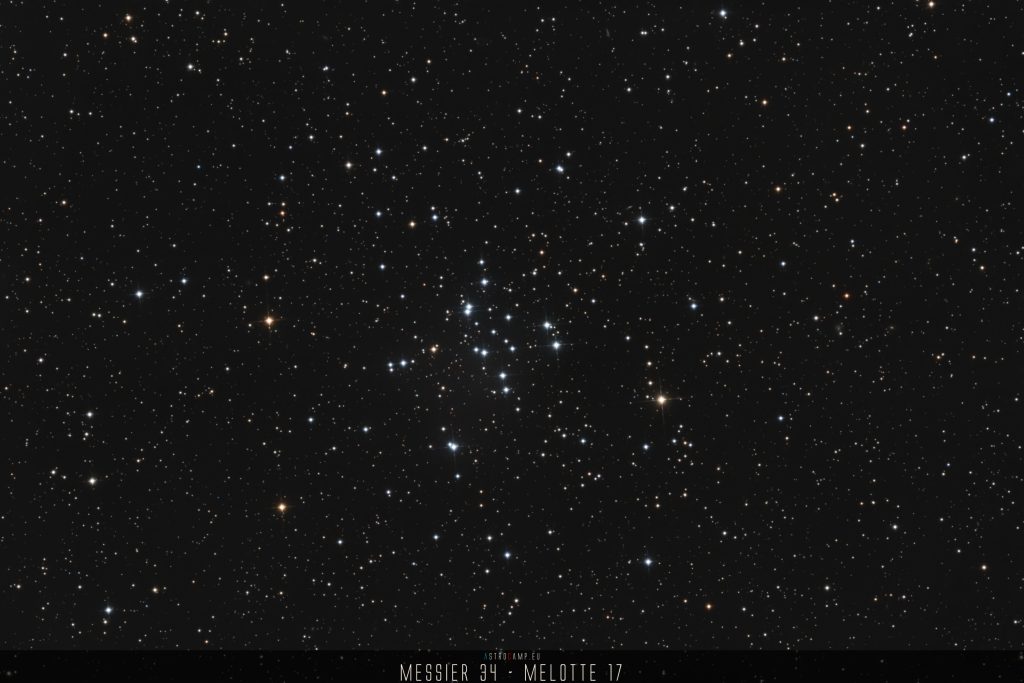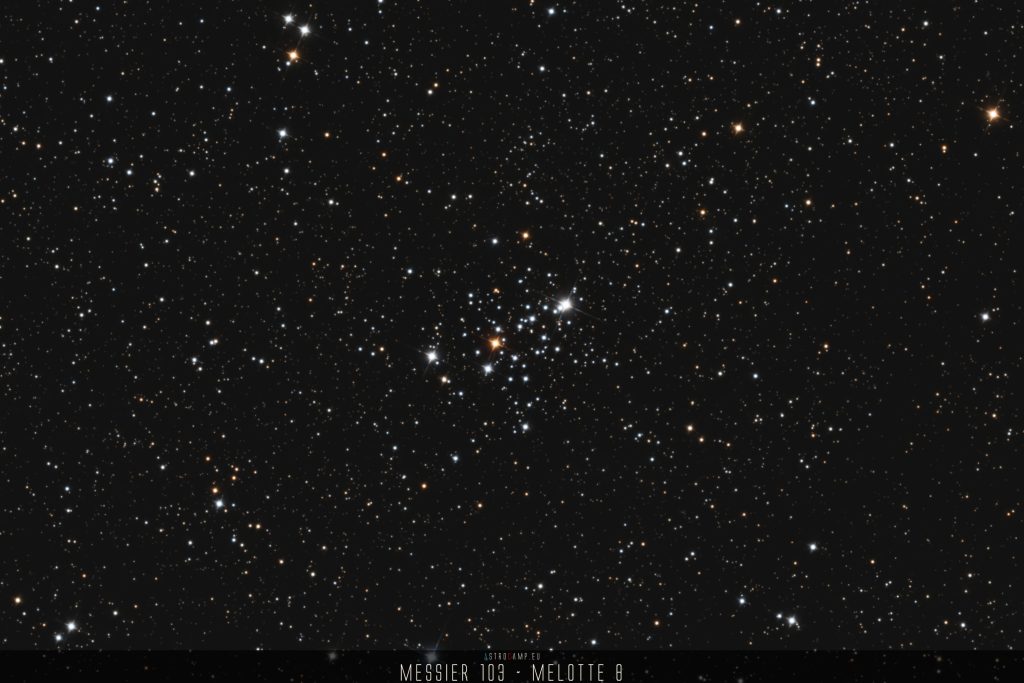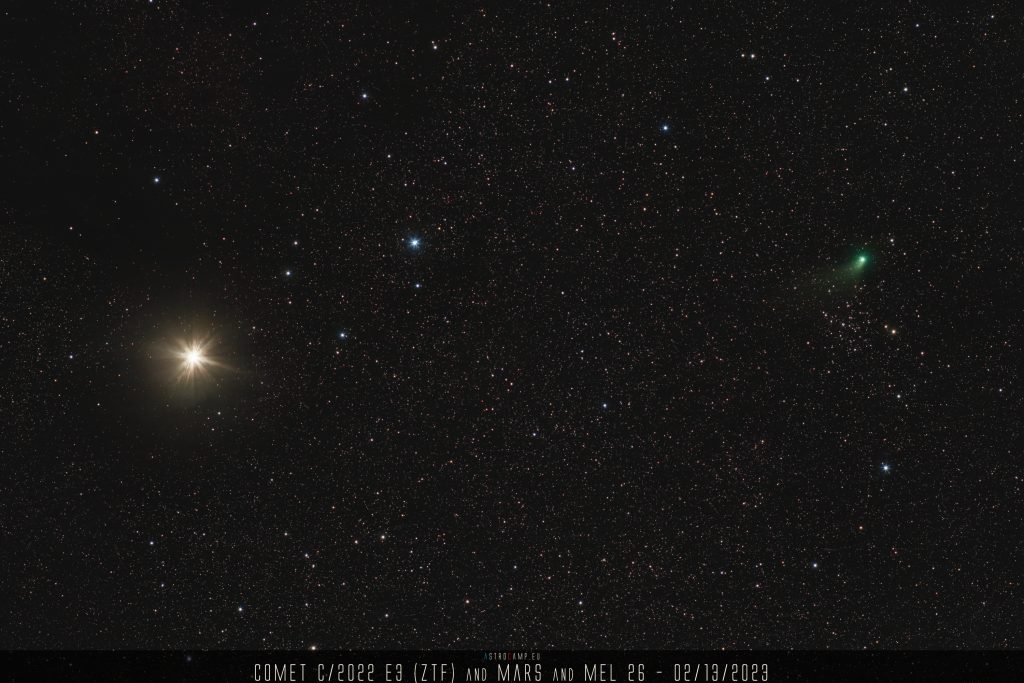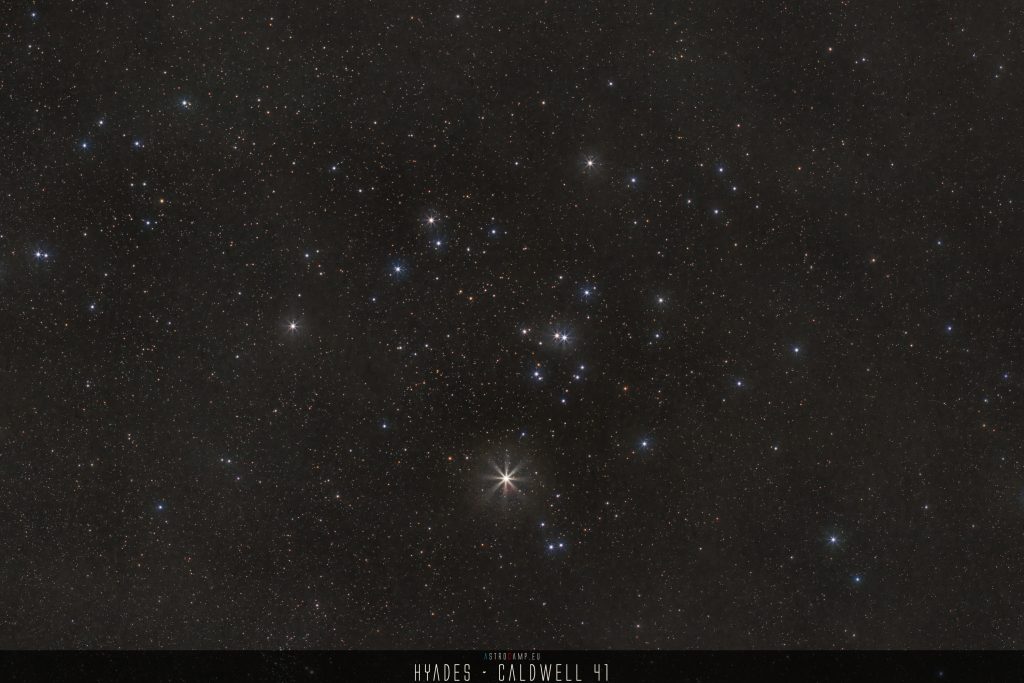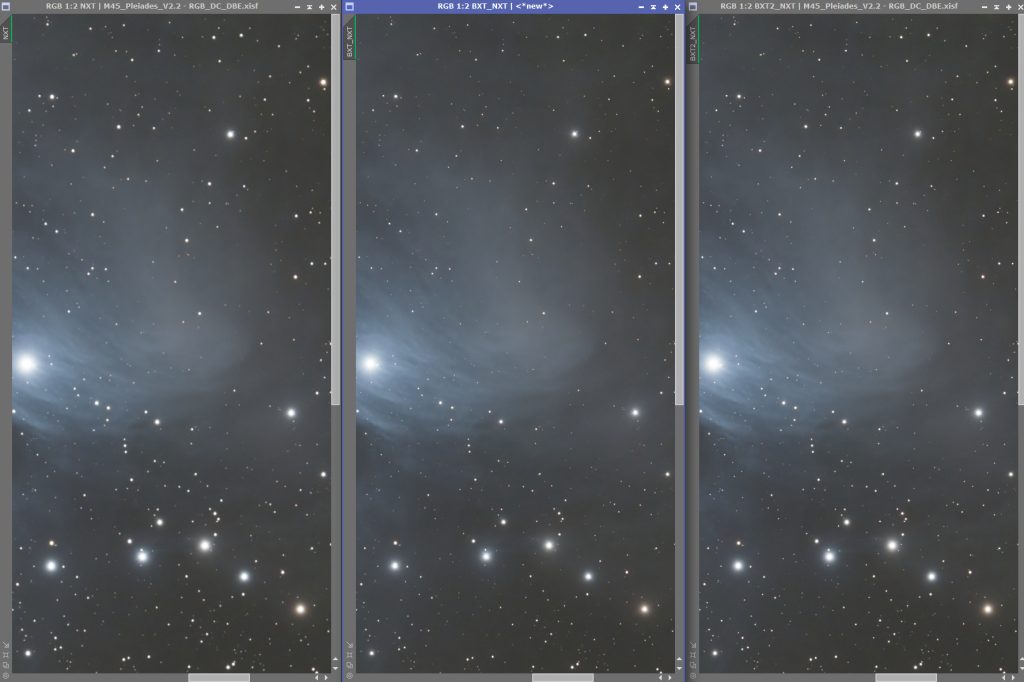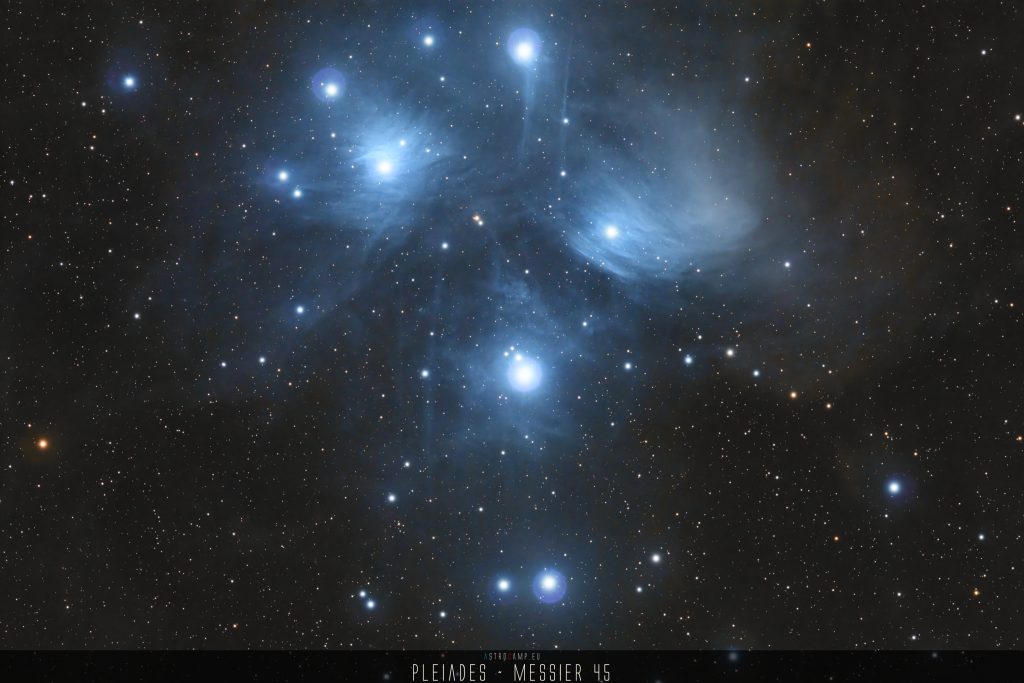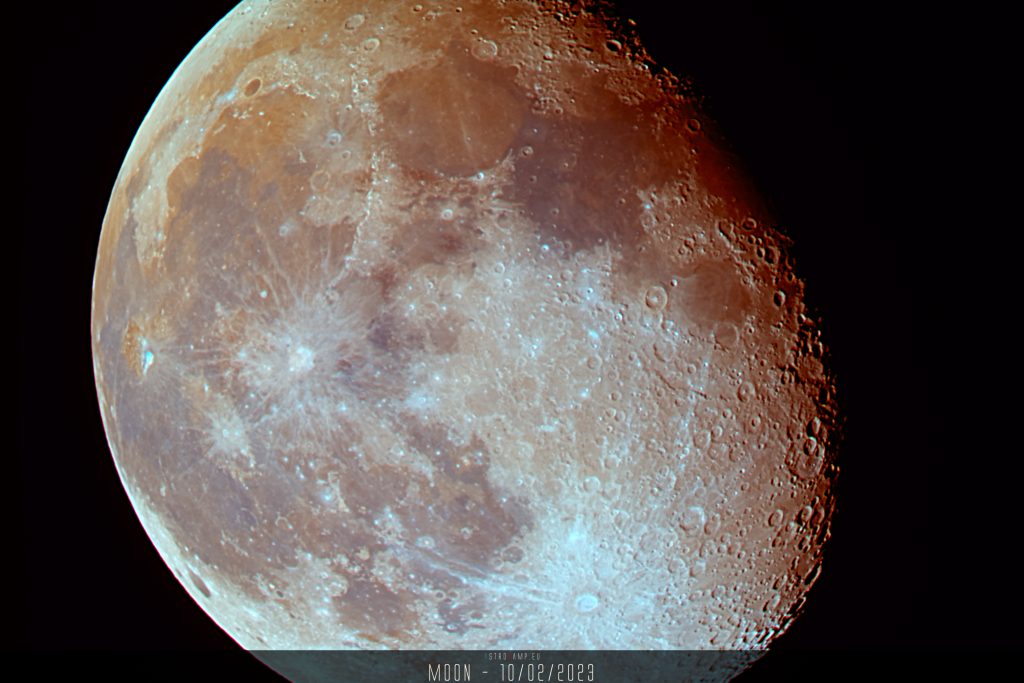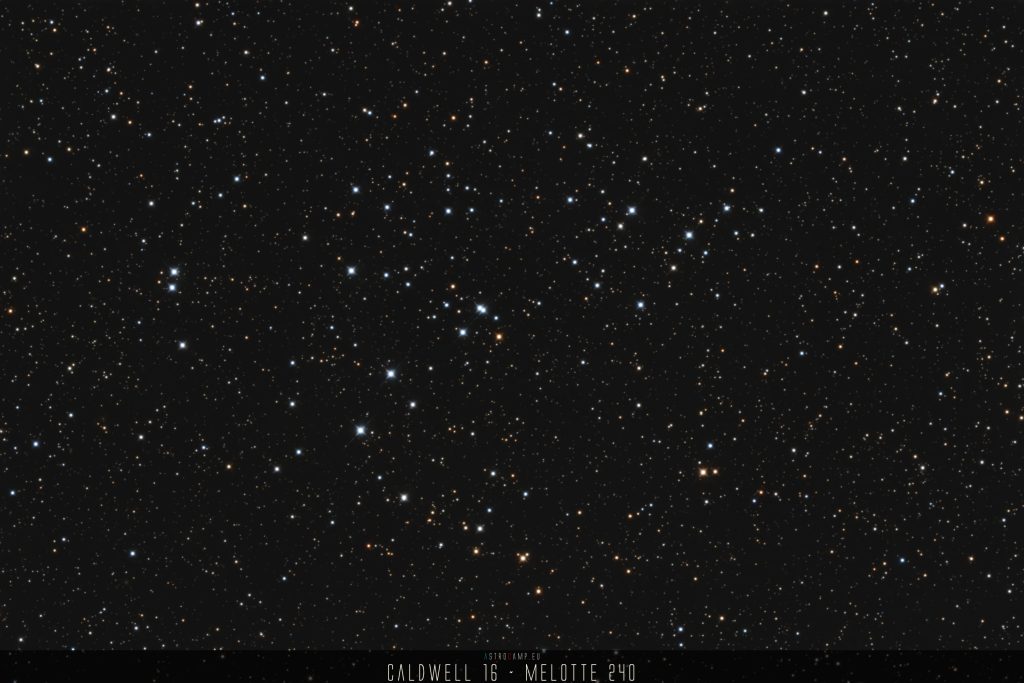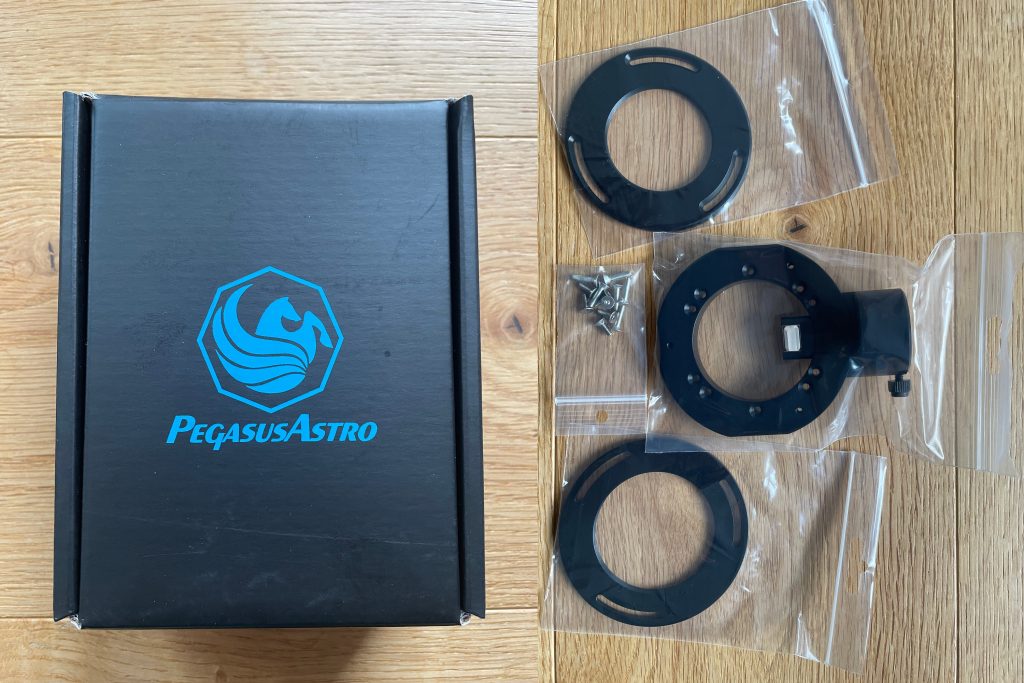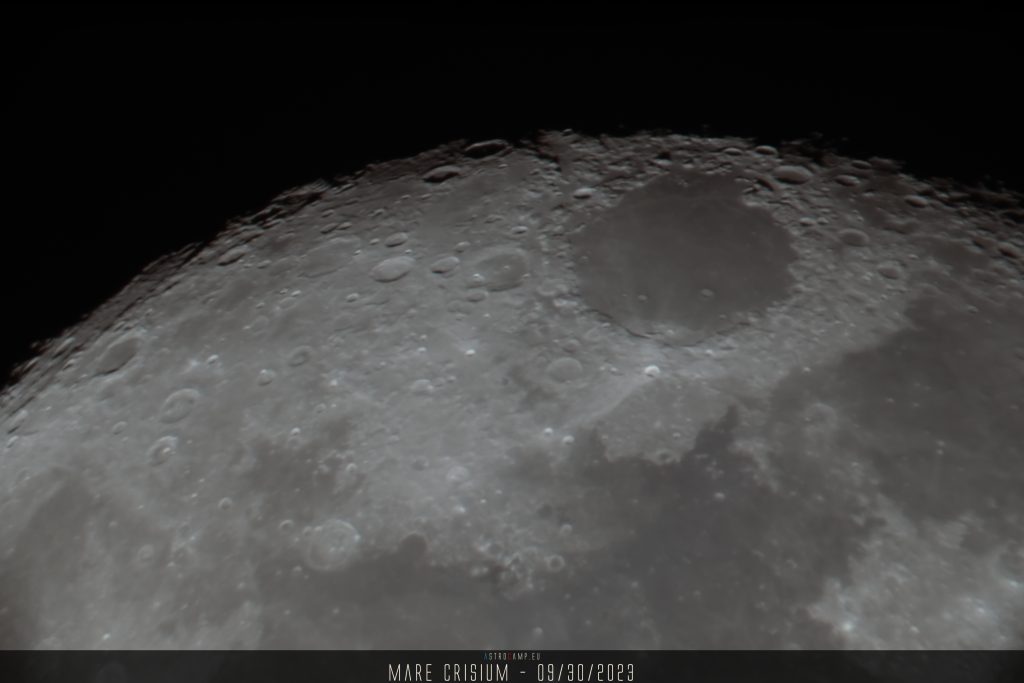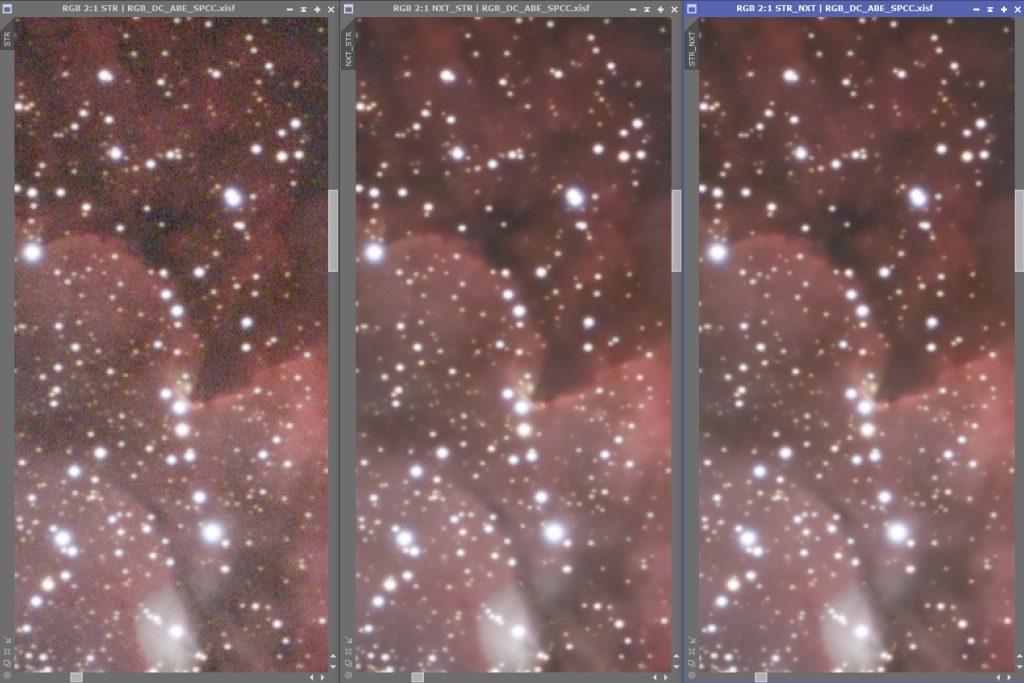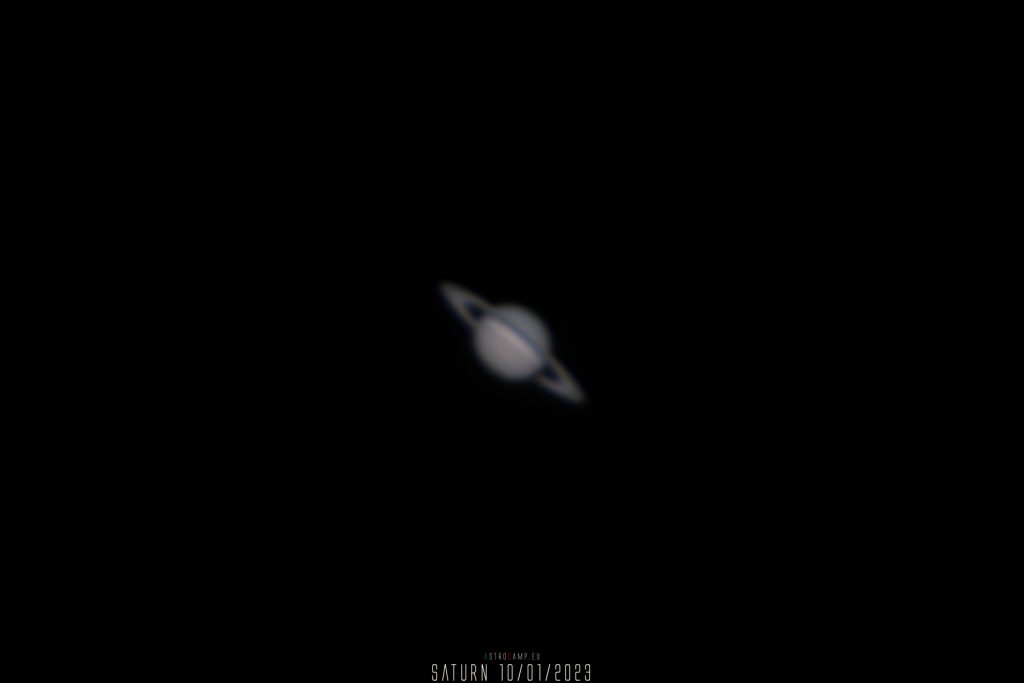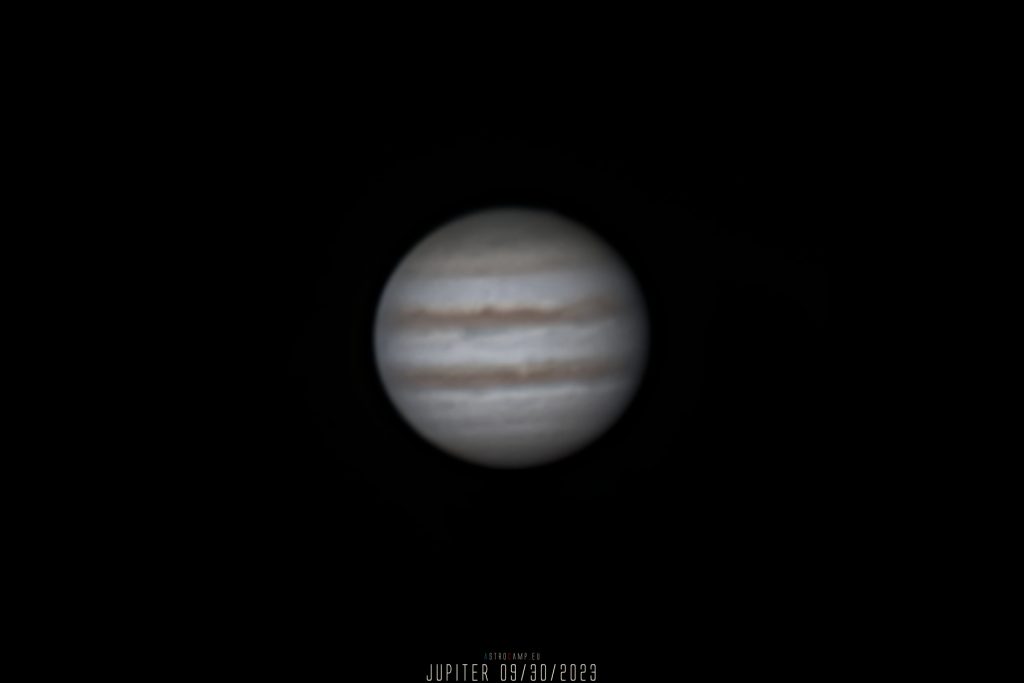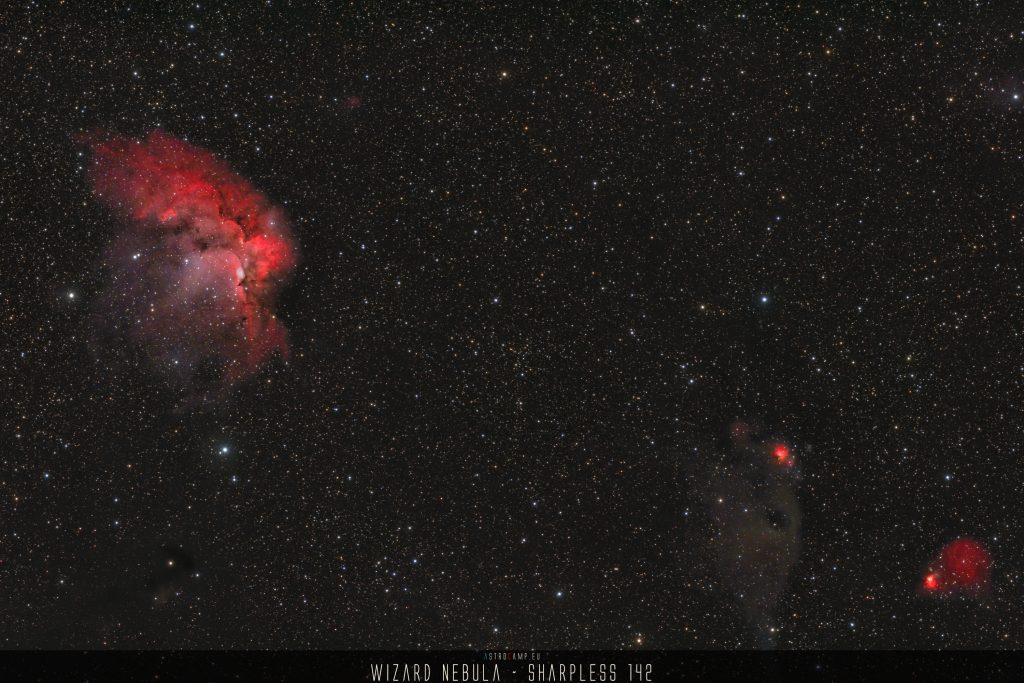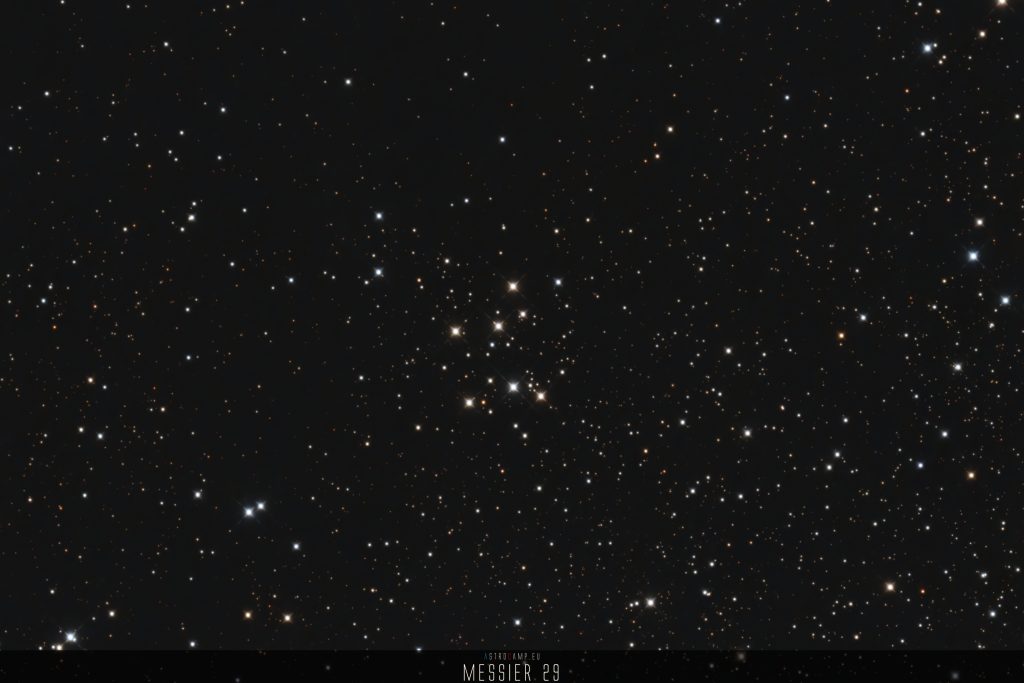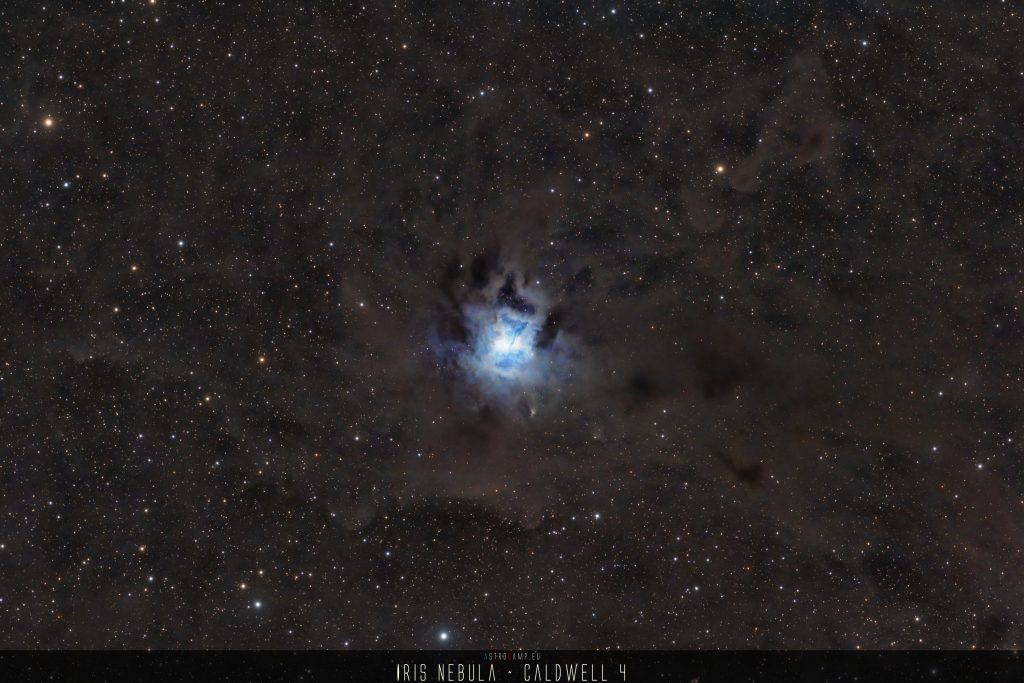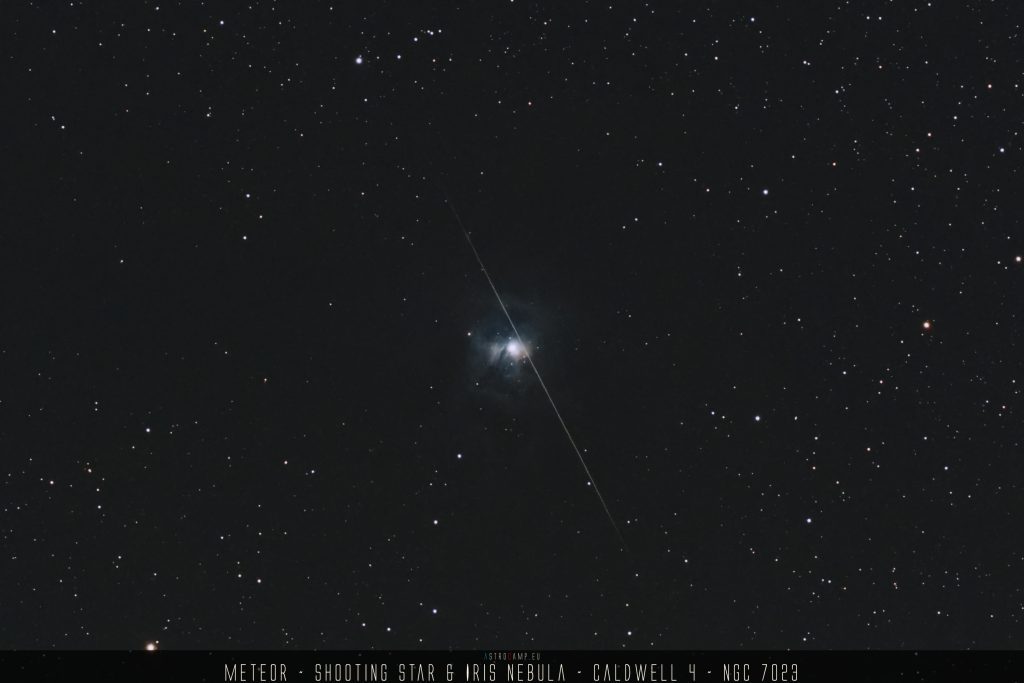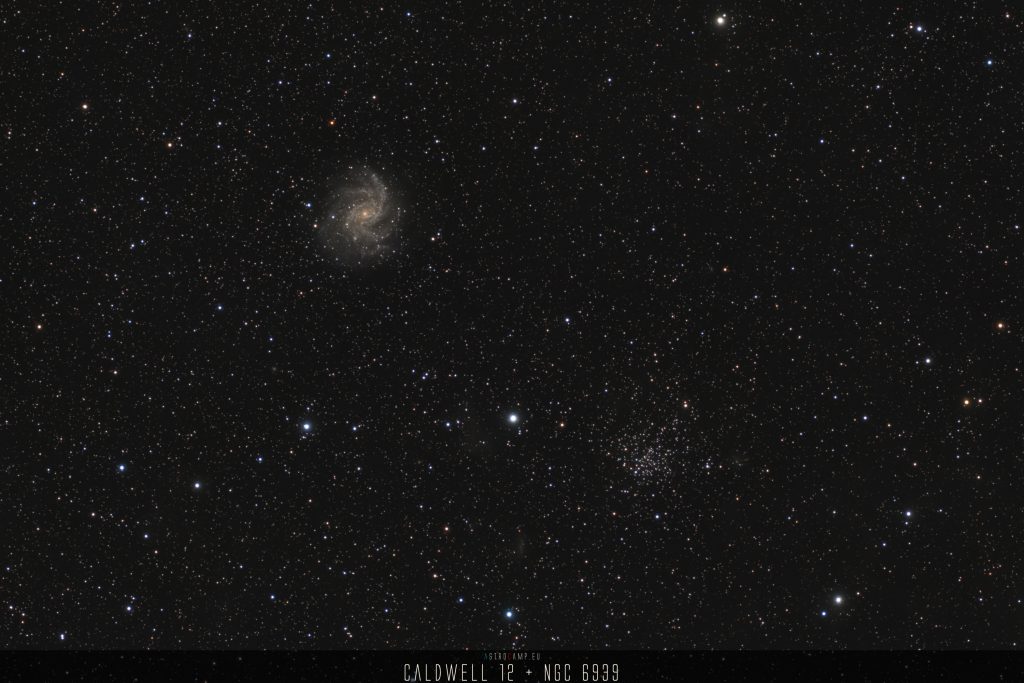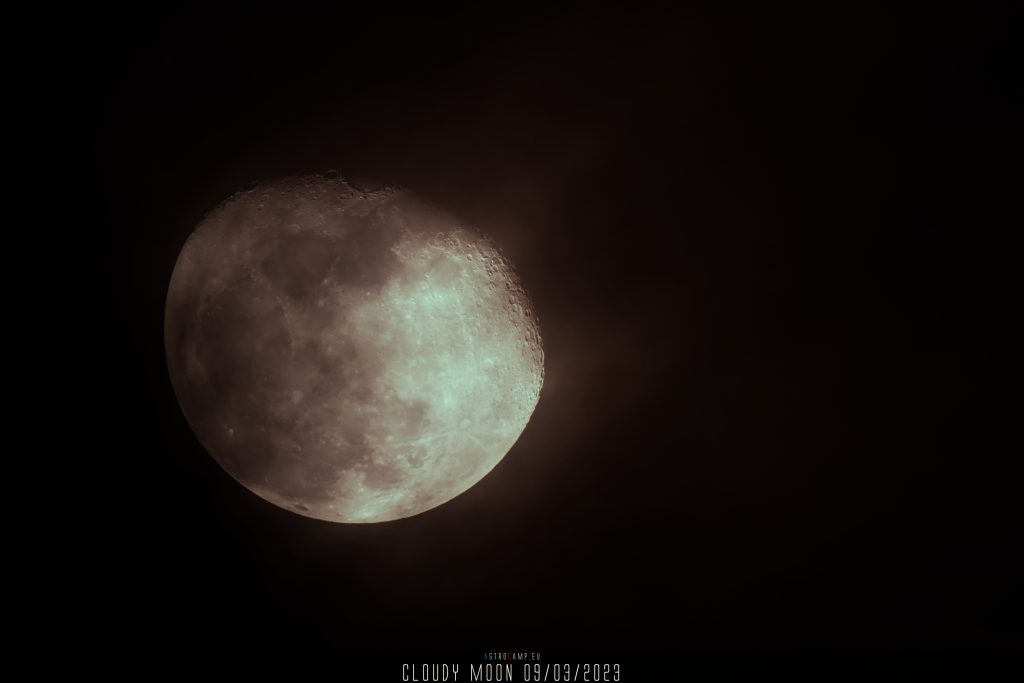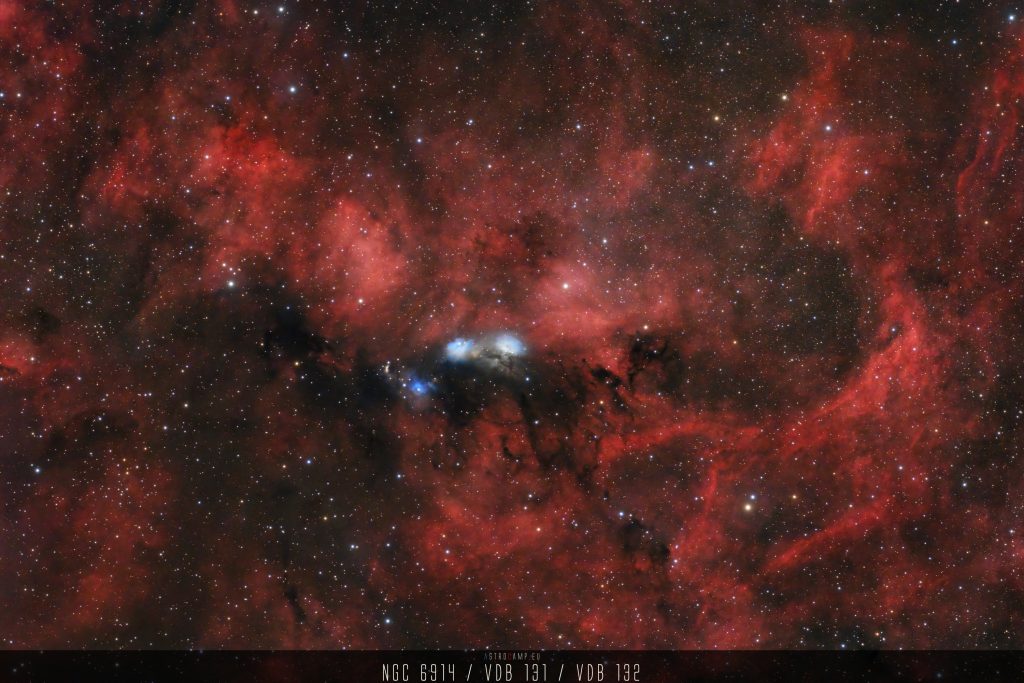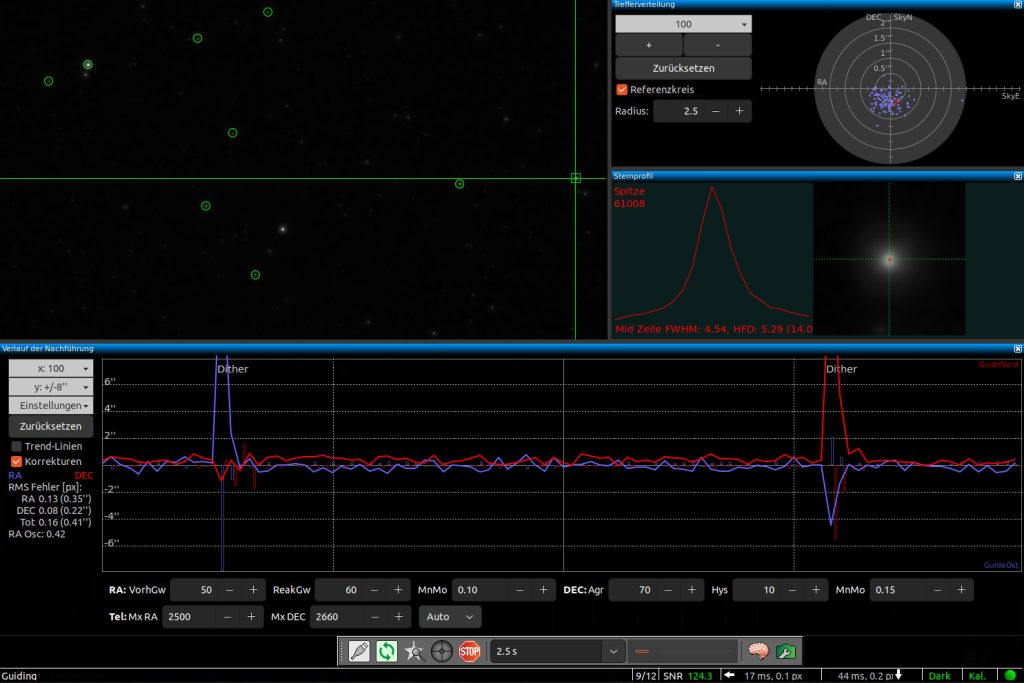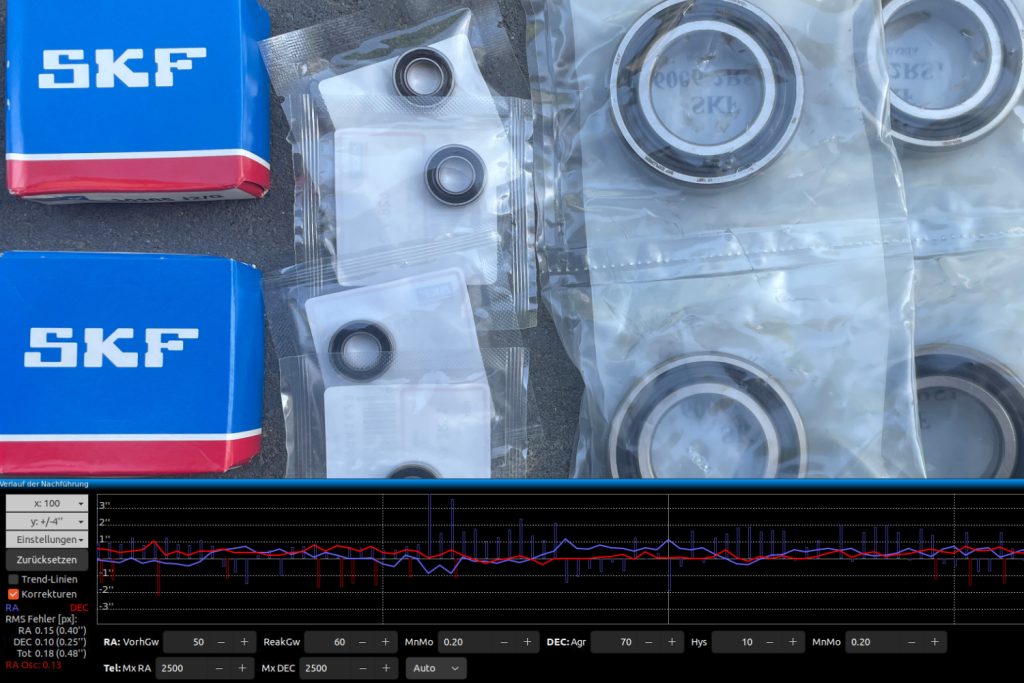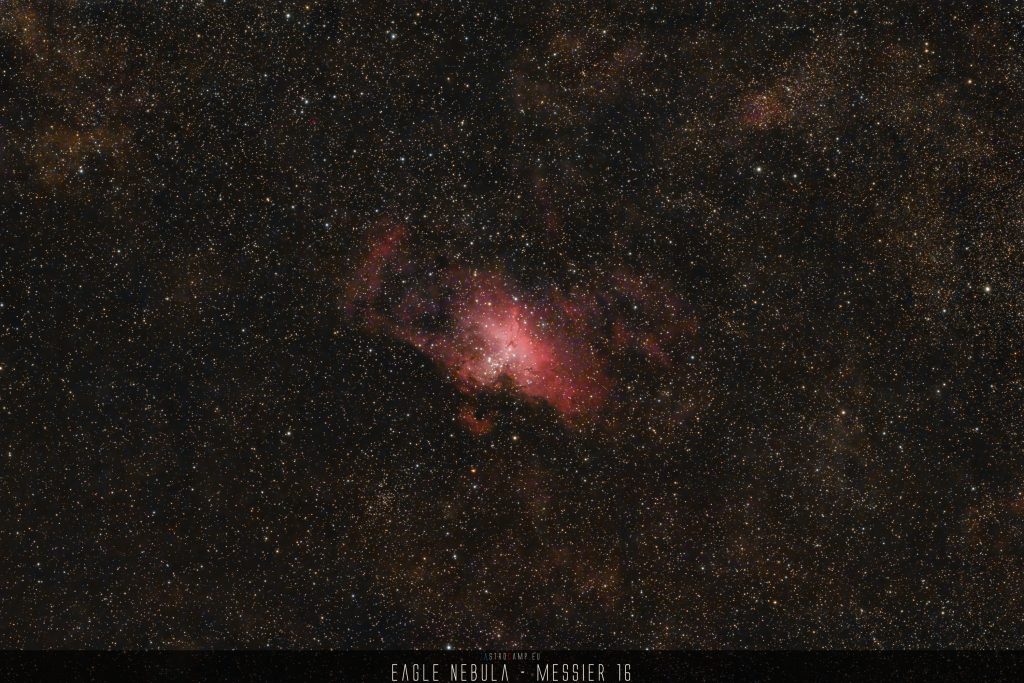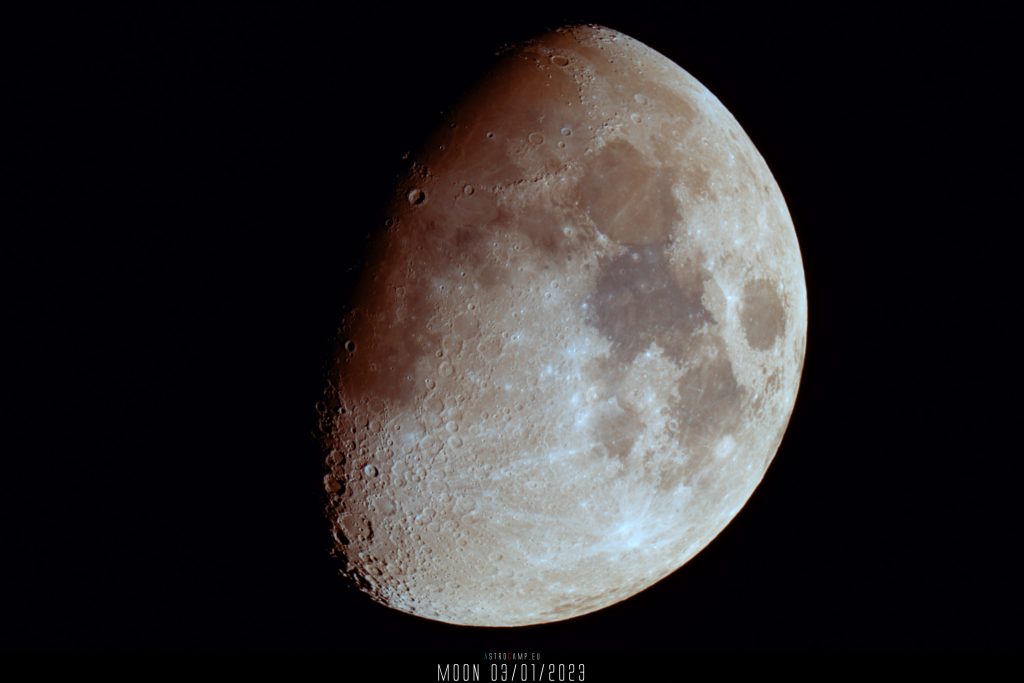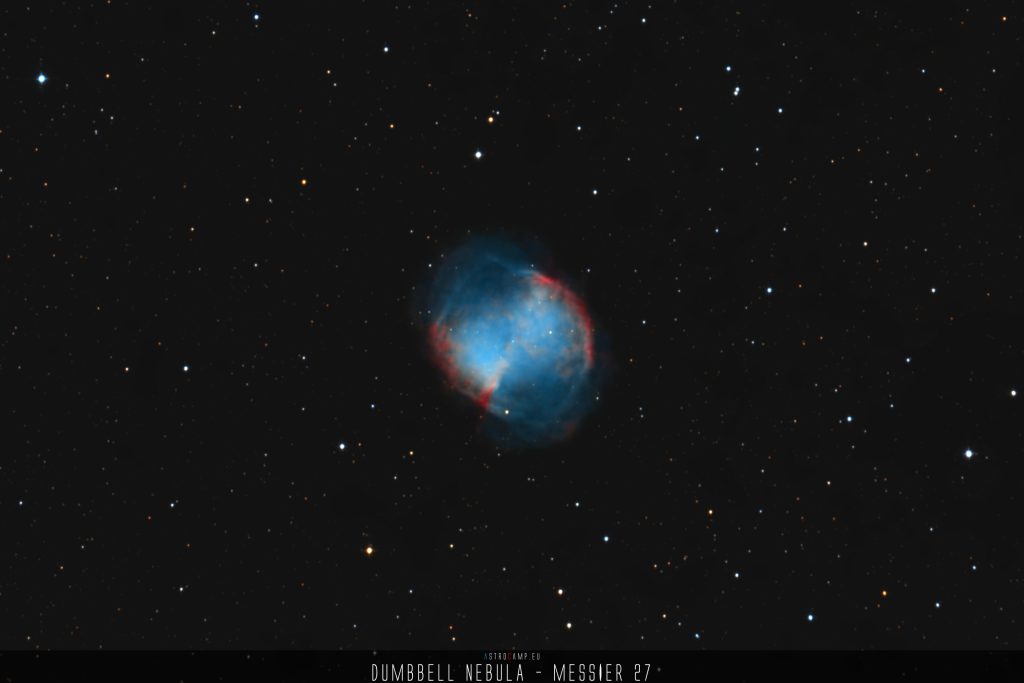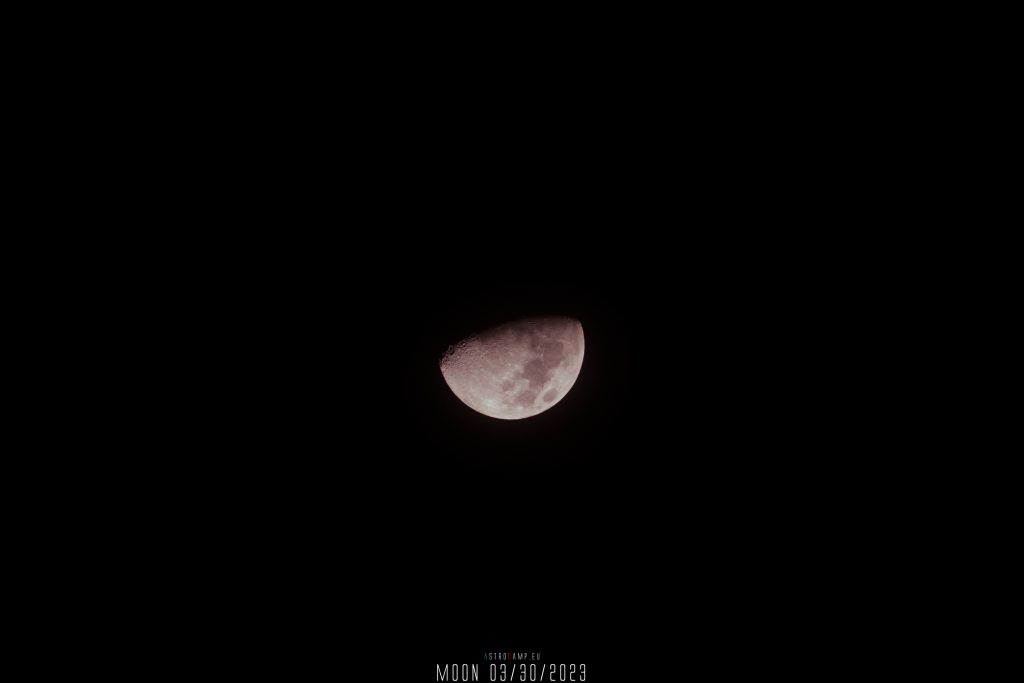The Flame Nebula (NGC 2024) is an emission nebula located in the constellation Orion. It is situated just to the east of the Orion Nebula (M42) and is part of the larger Orion Molecular Cloud Complex. The nebula is primarily illuminated by the intense ultraviolet radiation from the nearby bright star Alnitak, one of the three stars in Orion’s Belt. The striking appearance of the Flame Nebula is characterized by its intricate, flame-like structures and reddish hues, which result from the interaction of the nebular gas with the energetic radiation from Alnitak.
Location and neighborhood.
Orion is a prominent winter constellation in the northern hemisphere and is easily recognizable due to the distinctive pattern of stars that form the shape of a hunter.
To locate the Flame Nebula in the night sky, you can start by finding the three bright stars in Orion’s Belt: Alnitak, Alnilam, and Mintaka. The Flame Nebula is situated just to the east (left) of Alnitak, which is the easternmost star in Orion’s Belt. The nebula is often best observed using a telescope or binoculars, as it may appear as a faint patch of nebulosity.
Unique facts
- The Flame Nebula is classified as an emission nebula, which means it primarily emits its own light. This light is produced by the ionization of hydrogen gas by nearby hot stars. The distinctive red and pink colors in the nebula are due to the presence of hydrogen-alpha emission lines.
- The Flame Nebula is closely associated with the bright star Alnitak, which is the easternmost star in Orion’s Belt. Alnitak is a massive, hot, and young star that contributes to the ionization and illumination of the surrounding nebula. The proximity to Alnitak makes the Flame Nebula a notable feature in the Orion constellation.
Brightness and size
The Flame Nebula has an apparent dimension of about 30’x30′ and is 1350 lightsyears away from earth with a radius of 6 lightyears.

